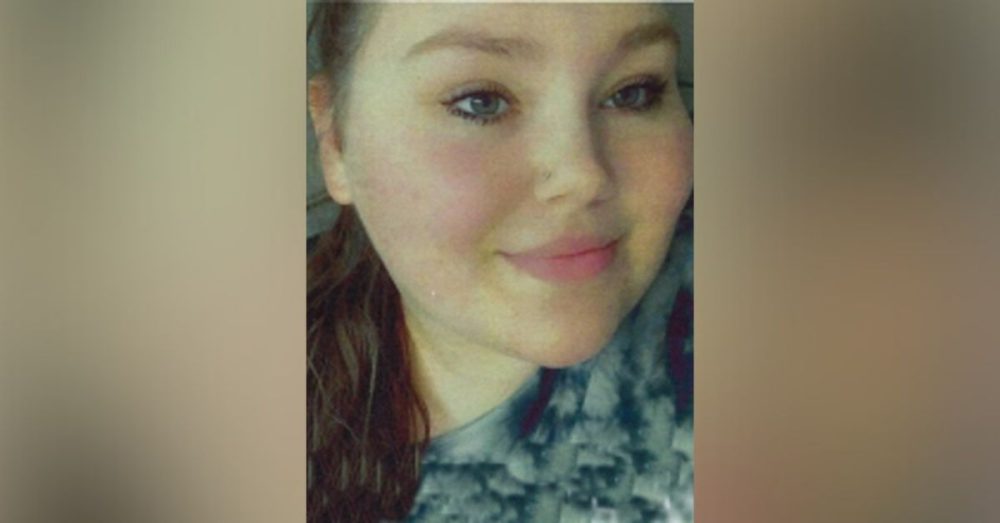Marissa Ladatto, 21, had her whole life planned out before one pill changed everything.
She was an avid church-goer who would pass out food and coats to the homeless in Dallas. Sometimes, Ladatto would even wash their feet.
She was a singer, an aspiring teacher, a karaoke lover, a community volunteer, and was even voted “most likely to become famous” at Bishop Dunne Catholic School.
Just before midnight on December 30, 2022, the college student was killed by a fentanyl overdose.
“When she died, our future died,” Ladatto’s mom, Amy Brewer, told The Dallas Morning News.
Mark Garbade, Ladatto’s dad, was the one who found her unresponsive. Garbade went into her room at the family’s home to make sure she had taken her medication when he found her body.
“I heard the most awful scream from him, and I ran to her room,” Brewer told DMN. “She was laying there. She had foam, and a little bit of blood. I slapped her face and I shook her, and said, ‘Wake up, Marissa.’ The next thing I knew, an officer was moving me away from her.”
Brewer believes the pill that killed her only daughter was a mix of fentanyl and Percocet. However, she said she believes Ladatto knew she was getting fentanyl.
Oftentimes, many are not aware that the drug they are taking is laced with fentanyl. Drug dealers mix trace amounts of the highly addictive drug into other drugs they sell to drive addiction and repeat business.
The opioid is nearly 50 times more potent than heroin and 100 times more potent than morphine, making just two milligrams of fentanyl a lethal dose. To put that in perspective, two milligrams of fentanyl is equal to 10 to 15 grains of table salt, per Texas Health and Human Services.
A recent report by Dallas County Health and Human Services and the Recovery Resource Council showed that in 2018, fentanyl was responsible for 11.4% of all opioid-related deaths in the DFW area, but by 2022, this figure had risen to 70.5%, as reported by The Dallas Express.
In 2023, fentanyl was responsible for more deaths than homicides in Dallas. There were 282 fentanyl overdose victims and 246 homicide victims that year.
Ladatto reportedly struggled with her mental health following the death of several close friends and family members. Brewer believes the stress may have led her to drugs.
“She lit up a room,” Brewer said. “She still shines.”
Last year, Texas launched “One Pill Kills,” an educational campaign about the dangers of America’s most deadly drug.
The campaign’s website features five stories of young adults like Ladatto whose lives were taken by a singular pill.
Dallas County Health and Human Services and the Recovery Resource Council’s report explains that fentanyl test strips and syringe exchange programs create sustainable change for those taking opioids.
However, fentanyl test strips are illegal in Texas, and the state does not currently have a clean needle program.
Last September, Texas passed a law mandating that taxpayer-funded public schools teach at least one lesson regarding fentanyl and drug abuse awareness once a year to students in grades 6-12, per DX.
The law is called Tucker’s Law, named after a 19-year-old who died from fentanyl poisoning after taking a counterfeit Percocet pill.


